Breaking the Chains – A Socialist Perspective On Women's Liberation

U.S Child Care is in Crisis
Child care in the United States is in crisis. Working-class women––in their positions as both child care workers and workers who cannot afford child care––are bearing the brunt of the crisis. According to data from the Bureau of Labor Statistics, there are 100,000 fewer child care workers than there were before the COVID-19 pandemic, an almost 10% decrease.
As annual inflation rates hit an all time high in the last 40 years, child care workers have been some of the hardest hit. A 2020 study at University of California, Berkeley showed that even before the pandemic, 98% of jobs paid more than child care work. The average child care worker makes just $13 per hour. This past year, 29% of child care workers faced food insecurity because they are so poorly paid. This disgusting treatment of essential workers is further amplified by capitalism’s exploitation of child care workers’ passion for the work, using it to justify poverty wages.
While child care workers are among the most underpaid workers in the United States, the cost of child care is skyrocketing, so much so that it remains unaffordable for 60% of the families who need it. And government support is woefully inadequate; not even 1 in 6 subsidy-eligible children receive assistance. Forty percent of parents have gone into debt over child care costs. The child care sector is being squeezed at both ends: wages for child care workers are too low, and working families cannot afford the current cost of child care.
Those most affected by lack of child care and low wages are working women, who make up the majority of the child care workforce and are also being forced out of work to care for their own children. In 2020, twice as many women as men left the workforce to care for their children, from sectors that have historically employed mostly women. A clear link has been established between child care affordability and employment rates for mothers. The vast majority of mothers are in the labor force, with a significant fraction as the sole breadwinner for their families. Black and Latina mothers, who work at higher rates and are even more likely to be the sole breadwinner for their families, are hit even harder by the rising costs of child care.
But it doesn’t have to be this way. The United States is an outlier among wealthy countries in its lack of subsidized child care. In other capitalist countries, such as Denmark, child care is heavily subsidized; parents of toddlers receive quarterly childhood benefits, and low income families receive free child care. This serves as a stark comparison to the U.S., where most child care is privatized, unsubsidized and deprioritized.
It is increasingly clear—even to the capitalists themselves—that the contradiction presented by the child care crisis is impacting the entire capitalist system. The competitive labor market that the Federal Reserve claims is driving inflation is a result, in part, of parents––mostly women––leaving the labor force to care for children when reliable, affordable child care is out of reach. Business leaders have been forced to face the fact that a decrease in affordable and available childcare means a decrease in their labor force. The Center for American Progress has even recommended that affordable childcare become a priority for policymakers to grow the American economy, after citing $57 billion worth of annual losses due to the child care crisis. As Saint Hilarie, a 35 year child care worker, points out, “If child care goes away, what is the business community going to do? If our workforce goes, their workforce is going to go right along with it.”
Given the impact of the child care crisis on the entire U.S. labor force, plus the decimation of federal abortion rights, one might expect child care to be a political priority. Instead policies like the child care tax credit or paid family leave are treated like bargaining chips by Democrats and Republicans alike. In fact, it appears that Democrats may attempt to trade child tax credits with the Republican party for extended business tax credits put in place by Trump, amidst Republican pushback that the child tax credits, and thus the livelihood of American families, are too costly.
While the Democrats controlled both the White House and Congress, Biden had the opportunity to fulfill the promises made in his Build Back Better program, which would have subsidized child care and instituted a minimum wage for child care workers of at least $15 per hour. His promises, like many others, have been empty. After wasting time in secret negotiations behind closed doors, Biden abandoned his plans in humiliation when West Virginia Senator Joe Manchin refused to vote in favor of the program. It is clear that the government will not just give the working class what we so desperately need––if we want to see our interests represented, we will need to organize to turn up the pressure!
We have already seen the effects of organizing around the child care crisis. In May, hundreds of child care providers across 27 states walked out in protest of critical conditions for child care workers. Among these protests was one outside NYC’s City Hall, where this year’s state budget for child care has increased by $146 million after the protests. New Yorkers will also see expansions to subsidized child care in the coming year. Similarly, New Mexico has announced free childcare for families earning up to 400 percent of the federal poverty line. Although working people agree that these gains are not enough, the power of the people in shaping legislation through grassroots organizing is evident.
More recently, academic workers across the University of California system won child care benefits as part of a militant strike action. With a tentative agreement that includes a 27% increase in child care subsidies and 8 weeks of fully paid parental leave, UC academic workers have demonstrated the power of collective action. If we want to see substantial gains regarding child care, we should follow in the UC strikers’ footsteps and continue to dial up the heat! When we fight, we win!
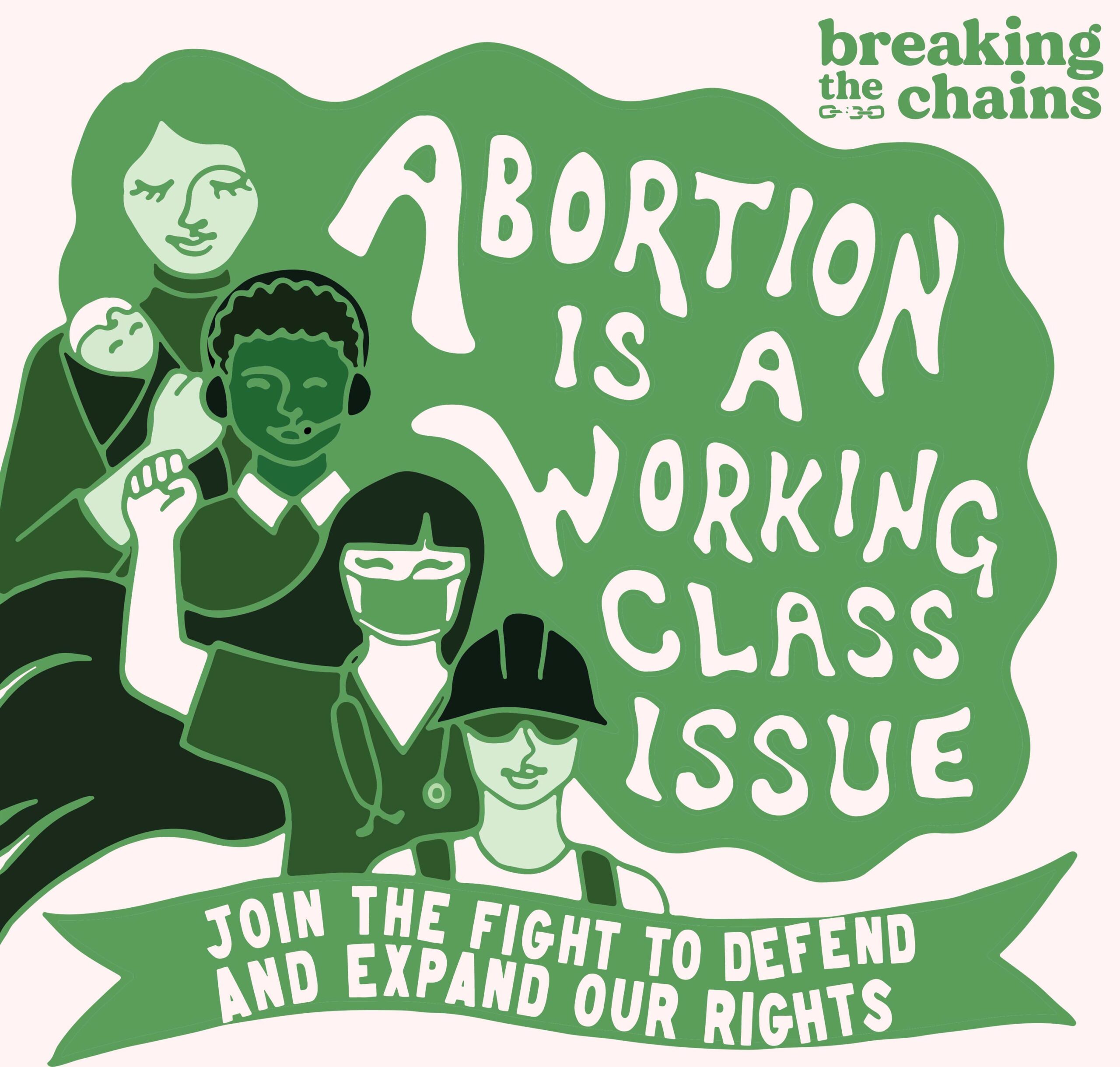
PSL Statement – 50 years after Roe: Mass resistance the key in abortion struggle
The 50th anniversary of the landmark Roe v. Wade decision is both a bitter reminder of the cruelty of the current right wing-dominated Supreme Court, and a moment to recommit ourselves to the fight for abortion rights. The right wing is moving aggressively to shred women’s rights, but they are opposed by the vast majority and they can be defeated with fierce resistance. The mass sentiment in defense of abortion rights has already defeated the far right in state referenda in “blue” and “red” states alike, but to win back and extend this right requires continuous grassroots organizing and a return to powerful, large-scale mobilizations.
The decision last June to overturn Roe stripped the rights of millions of women and all those who need abortion access in this country, and opened the floodgates to outright bans at the state level. The consequences over the past seven months have been clear. These bans include “heartbeat” bills, waiting periods, excessive requirements for clinics, etc. and also new county-level restrictions, state budget cuts to reproductive care and bans in state constitutions to this crucial procedure. These new attacks have included trying to prohibit federally approved abortion drugs from being delivered through the mail to those who can’t afford to travel to a clinic. Thirteen states had “trigger laws” in place to prohibit abortion once the Supreme Court ruling was announced.
The impact of these bans has been devastating. In 2020, according to the Guttmacher Institute, 89% of U.S. counties already did not have a clinic that provided abortions. Since the Supreme Court decision in Dobbs v. Jackson Women’s Health Organization, even more clinics had to close. Now nearly 50% of U.S. women 15-44 live in a county without a clinic that provides abortion. In addition to the logistical and legal hurdles of accessing this procedure, massive inflation has made the financial burden that much heavier on workers.
Overturning Roe and the elimination of abortion is intended to be a first falling domino in a wave of attacks on working-class and oppressed people. Alongside the bans on abortion, in 2022, nearly 300 anti-LGBTQ bills were introduced in state legislatures, primarily targeting trans youth. This term the Supreme Court will be ruling on Moore v. Harper, which could give state legislatures unchecked authority over elections including the power to dramatically reduce Black voting power through gerrymandering. The right of workers to go on strike is now threatened in the Glacier case.
The Democratic Party has completely failed to defend these fundamental rights when in power. It was only in 2017 that Nancy Pelosi, then Speaker of the House, called abortion a “fading” issue as she campaigned for anti-abortion Democratic candidates. In 2022, despite having the presidency and the majority in Congress, Democrats failed to pass the Women’s Health Protection Act, which would have made abortion a federally protected right.
When Roe was overturned in June of 2022, there were a number of executive actions President Biden could have taken to protect the right to an abortion, such as declaring a public health emergency and opening facilities on federal land to provide abortion care in states with bans. Instead, Biden and the Democratic Party essentially held abortion rights hostage by refusing to take these concrete actions while trying to manipulate people into voting for them in November. Undoubtedly this did indeed drive millions to the voting booths, and helped prevent a sweeping Republican victory; but again the Democrats have no fighting program to deliver.
When we look for solutions, we should look at ourselves. The right to abortion was never a gift from a benevolent politician or group of judges. It was the outcome of a movement of millions to demand equality.
That fighting spirit has not disappeared. Even before the Supreme Court decision in June there was spontaneous resistance. From mass protests at state houses to disrupting fundraisers for crisis pregnancy centers to building networks to support those seeking abortions, the people fought back, and this still continues. What has been missing are powerful and sustained mobilizations — the mainstream reproductive rights organizations did not use their considerable infrastructure and resources, for instance, to call for millions to come to D.C. after the Dobbs ruling was first leaked. Such actions had played a pivotal role in shaping the national discussion and pushing back the far-right in decades past.
But in the critical months last year, these organizations projected a defeatist line that downplayed protests, and emphasized instead preparation for a post-Roe world. Years of solely relying on Democratic Party “friends” and legal strategies to defend abortion rights, combined with the NGO-ization of the women’s movement (converting it into a career rather than a cause), produced catastrophic consequences. The grassroots resistance from below was far more energetic and militant than the leadership of the paid activist organizations who had fundraised tens of millions of dollars supposedly to lead this critical fight.
The truth is that the majority of Americans support the right to abortion. Just weeks after the Supreme Court ruling, Kansans mobilized and nearly 60% voted to protect the right to abortion in their state’s Bill of Rights. Michigan with 57% of the vote, California with 67% of the vote, and Vermont with 77% of the vote amended their state constitutions to enshrine the right to abortion. While abortion was made illegal in Kentucky due to a trigger law following the Supreme Court decision, 52% of voters rejected an amendment stating that no right to an abortion exists under the state constitution, providing a legal opening to challenge the state ban. An anti-abortion measure targeting doctors was rejected by 53% of voters in Montana.
In the start of 2023, there is resistance in New Mexico to the county bans along the border with Texas and the South Carolina Supreme Court overturned the state’s ban on abortion after six weeks, ruling it violates an individual’s right to privacy. Activists throughout Texas are mobilizing to stand against anti-abortion bills in the state, which hit poor and working-class women of color the hardest.
The right wing, with the Supreme Court as their weapon of choice, is on the offensive against women’s rights and the rights of all oppressed people. We need to rise to meet their challenge and repel it. The threat is real, but so is the opportunity for mass organizing. The majority of the people, tens of millions across the United States, are on our side. We believe that we will win!
Every person who works on the magazine is a full-time or retired worker or student. We are all activists and organizers in our communities. We are revolutionaries, members of the Party for Socialism and Liberation. We are people from a broad spectrum of nationalities, LGBTQ and other oppressed communities. We are mothers and daughters and nieces supporting our families and our communities in a myriad of ways.
The women of the Party for Socialism and Liberation have:
- Written about historical events that changed the course of history for working class women
- Argued for the women’s movement to be anti-racist and anti-imperialist
- Interviewed working class women on the frontlines of struggle
- Presented socialist & progressive women’s art and poetry
- Summarized, analyzed and detailed the militant politics of working class women and our movement
- Opposed the right-wing onslaught against women’s rights
That is what you support when you become a patron of Breaking the Chains magazine
Study Guide Now Available
Unions are popular. Strikes, collective actions and worker organizing are on an upswing as workers are learning through their own experiences that organizing works. The pandemic, which hit women workers hard, also proved the value of the union, of collective workers’ organizations, as unionized workers retained more benefits, safer working conditions, stability and higher salaries than non-unionized workers in this period. Concentrated ruling class attacks have whittled down union representation to only a fraction of workers in the United States. But unions continue to be powerful organizations because of their position in the ongoing class struggle and their fundamental class character. At the moment, the possibilities for expanding worker power vis-à-vis the unions, and the labor movement, seem great. Moreover, the anticommunism used by the ruling class historically to undermine the labor movement is largely fading as socialism rises in popularity again. Women are playing a larger role than ever in the leadership of unions. The expanded organizing of women workers has the potential to bring class struggle front and center to the women’s movement in ways that have been repressed and elided over the last several decades. What do these developments mean for women workers in the struggle for socialist liberation? How do we utilize our history, a vast history of women’s leadership and initiative in the labor movement, to inform our work in the current context?
This issue includes:
- Women’s triple load
- Black women’s leadership in labor movements
- A Marxist analysis of women in the workforce
- Art, cultural influences in Labor movements and more!

History of Women's Struggle
 Assata Shakur: The making of a revolutionary woman
Assata Shakur: The making of a revolutionary woman
August 23, 2021
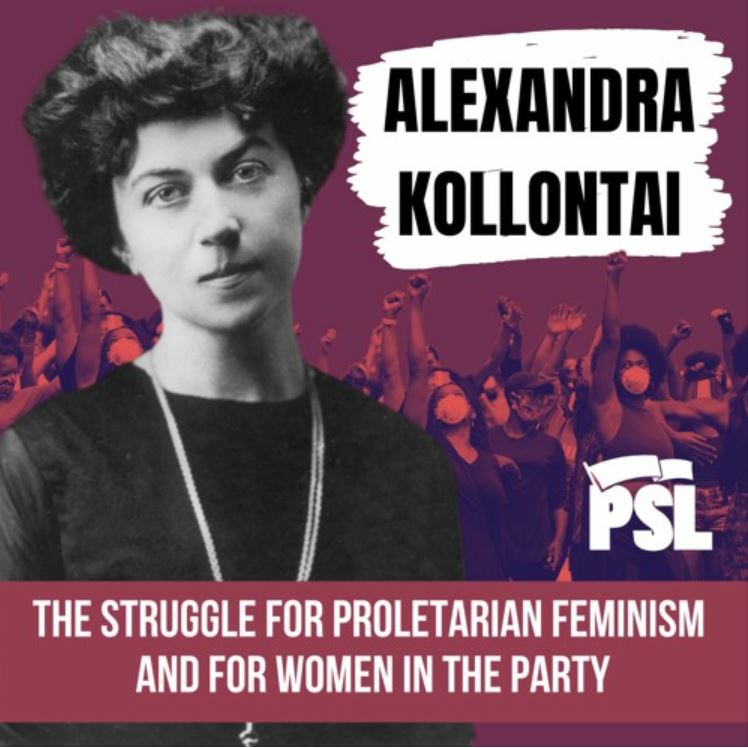 Alexandra Kollontai: The struggle for proletarian feminism and for women in the party
Alexandra Kollontai: The struggle for proletarian feminism and for women in the party
February 25, 2021
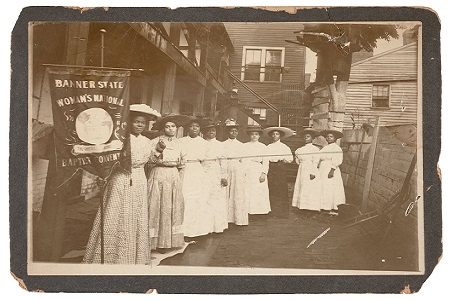 100 Years of Universal Suffrage, a history of struggle
100 Years of Universal Suffrage, a history of struggle
August 26, 2020
See MoreShe Who Struggles
 She Who Struggles: Ernestine Eckstein
She Who Struggles: Ernestine Eckstein
June 26, 2022
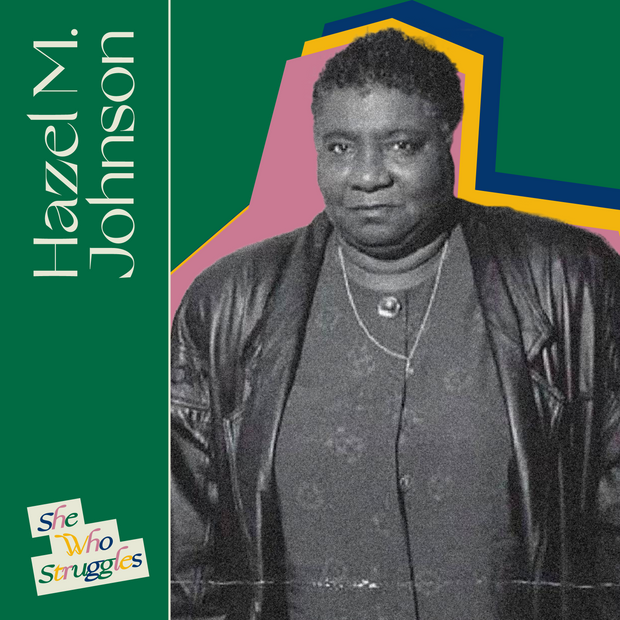 She Who Struggles: Hazel M. Johnson
She Who Struggles: Hazel M. Johnson
April 22, 2022
 She Who Struggles: Eva Bacon
She Who Struggles: Eva Bacon
April 6, 2022
See MoreFrom Struggle to Militant
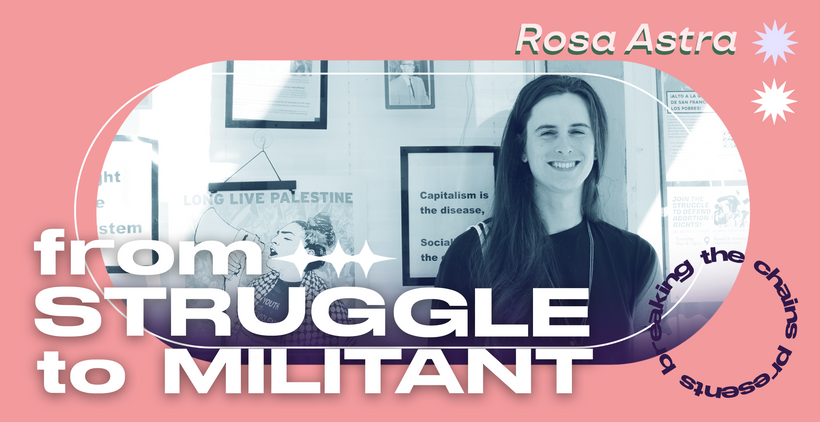 From Struggle to Militant: A Revolutionary Story Ep. 10 Rosa Astra
From Struggle to Militant: A Revolutionary Story Ep. 10 Rosa Astra
April 13, 2022
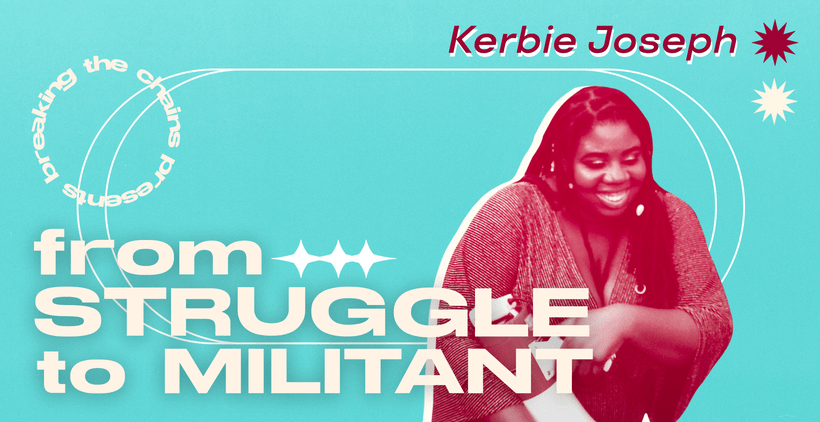 From Struggle to Militant: A Revolutionary Story Ep. 9 Kerbie Joseph
From Struggle to Militant: A Revolutionary Story Ep. 9 Kerbie Joseph
March 1, 2022
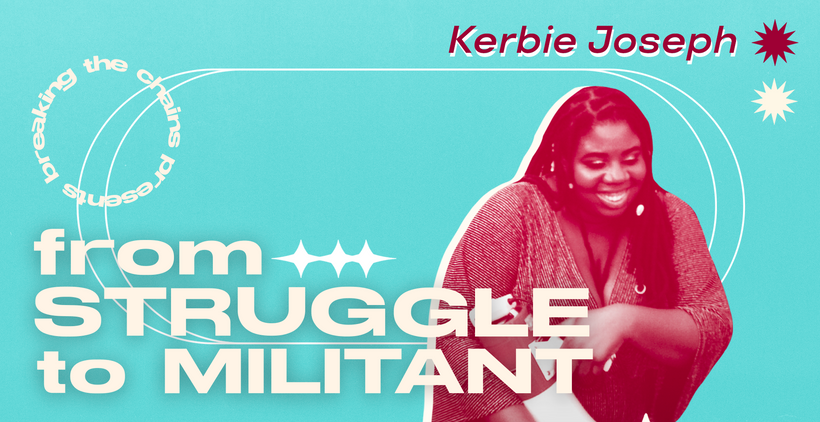 From Struggle to Militant: A Revolutionary Story Ep. 9 Kerbie Joseph
From Struggle to Militant: A Revolutionary Story Ep. 9 Kerbie Joseph
February 28, 2022
See More